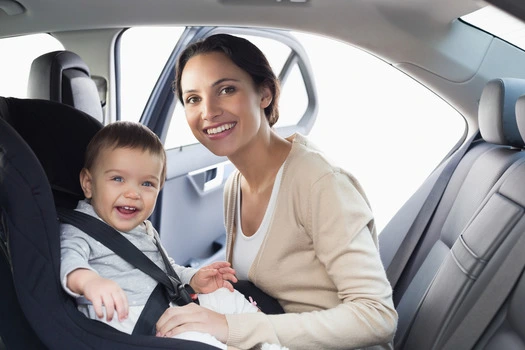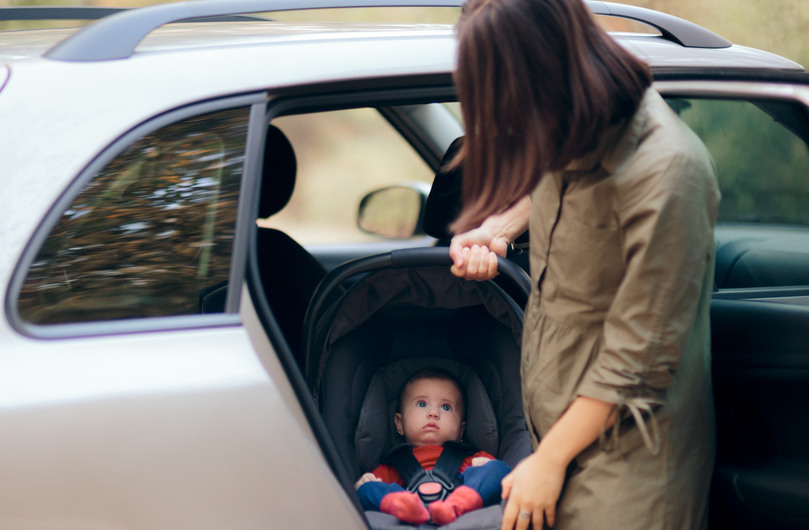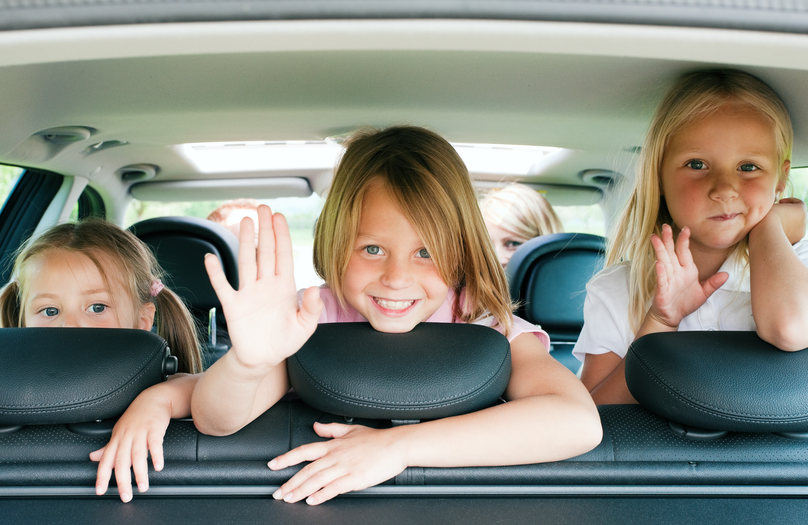Blog


Rear Facing Baby Car Seat – Are They Really Safe?
Well-meaning parents are always concerned about the safety of their children. When it comes to children riding with them in a car, parents still wonder whether rear or forward-facing car seats are safer.
This article will show you why rear-facing baby car seats are safer options.
We’ll also answer such questions:
- Are rear-facing car seats better in rear-end collisions?
- For how long should a baby use a rear-facing car seat?
- What’s the best place to install a rear-facing baby car seat?
- Where do the baby’s legs go in a rear-facing car seat?
Let’s dive in!
Why are rear-facing car seats safer for babies?
Rear-facing car seats are safer than forward-facing seats because they offer better protection for a child’s neck and head.
Generally, rear-facing car seats:
- Prevent the child’s head from violently jerking forward
- Reduce the high stress on a child’s neck and spine
- Reduce strain on the child’s chest
- Equally diffuses the crash force along the car seat
To understand how rear-facing car seats offer these benefits, we need to look out what happens in a front-end collision and the anatomy of a child’s neck and head.
What happens in a front-end collision?
First, most fatal car crashes are front-end collisions. When it comes to passenger cars involved in fatal crashes, only about 7% are rear-ended collisions.
In a front-end collision, the passengers in the car are flung forward towards the point of impact.
A seat belt strapping down the torso and shoulder will restrain an adult, but the head is not strapped down and will jerk forward violently.
The same thing happens with children in forward-facing car seats. The harnesses hold back their body, but their head jerks forward violently.
The anatomy of a child’s head and neck
A child’s head is disproportionately big as a child’s head accounts for about 25% of total body weight. So, relative to the body, a child’s head jerks forward with more force than an adult’s.
A child’s neck bones are usually not fully developed, which makes matters worse. The vertebrae in the neck of a toddler are mainly cartilaginous. The cartilage slowly converts to bones over time.
In many children, the neck vertebrae do not fully develop (turn from cartilage to bone) until they are 5.
The infant’s cartilaginous vertebrae are not as strong as the adult’s bony vertebrae and allow the infant’s columns to stretch up to two inches. Sadly, the spinal cord ruptures if it stretches for more than a quarter of an inch.
So, when the high impact force in a forward-facing car seat sends the child’s head flying forward, it causes high stress on the spine.
This can cause the spinal cord to snap, leading to paralysis or death.
How rear-facing car seats offer better protection
As the passengers are flung forward in a front-end collision, the child falls deeper into a rear-facing car seat.
By falling back into the seat, the impact force is distributed along the back of the seat. And because the child does not snap forward into a harness, stress to the chest is avoided.
Other damaging movements are also limited. For example, the child’s head presses back into the seat and is not flung forward violently.
Are rear-facing car seats safer in rear-end collisions?
Studies have shown that rear-facing children’s car seats are safer even in rear-facing collisions.
First, in many rear-end collisions, the driver pushes the brake before impact, creating a brake force with a forward direction.
And when your car is is rear-bumped when moving, the force and impact are much lower because the two cars are moving in the same direction.
Rear facing car seat guidelines
Since rear-facing seats are better equipped to protect babies in crashes, babies should be in them for as long as possible.
Let’s explore the rear facing car seat safety concerns.
Rear facing car seat – until what age should a baby be in it?
The American Academy of Pediatrics (AAP) and the National Highway Traffic Safety Administration (NHTSA) recommend that it should be until the child exceeds the weight or height requirements of the car seat as specified by its manufacturer.
A rear facing group 1 car seat can hold a child between 9 to 25kgs, so they are not just for babies.
Rear-facing car seat installation: What’s the safest place?
The safest place for a rear-facing car seat is the back seat, away from the airbags.
In a crash, front-seat airbags can inflate and cause serious injury to the child.
The middle seat at the back is generally the safest spot. But when the car does not have a three-point seat belt, you can install it behind either the driver or front passenger seat.
Where do babies’ legs go in a rear-facing car seat?
The best rear-facing car seat installation leaves a space between the seat’s base and the backrest of the car’s back seat. Babies’ legs can go in that space.
When the space is not big enough, babies can sit with their legs crossed or frogged.
Such leg positioning will not be discomforting because babies are very flexible.
They can also put their legs on the car’s backrest for support. In fact, having children’s legs dangling when in a forward-facing car seat is more discomforting.


